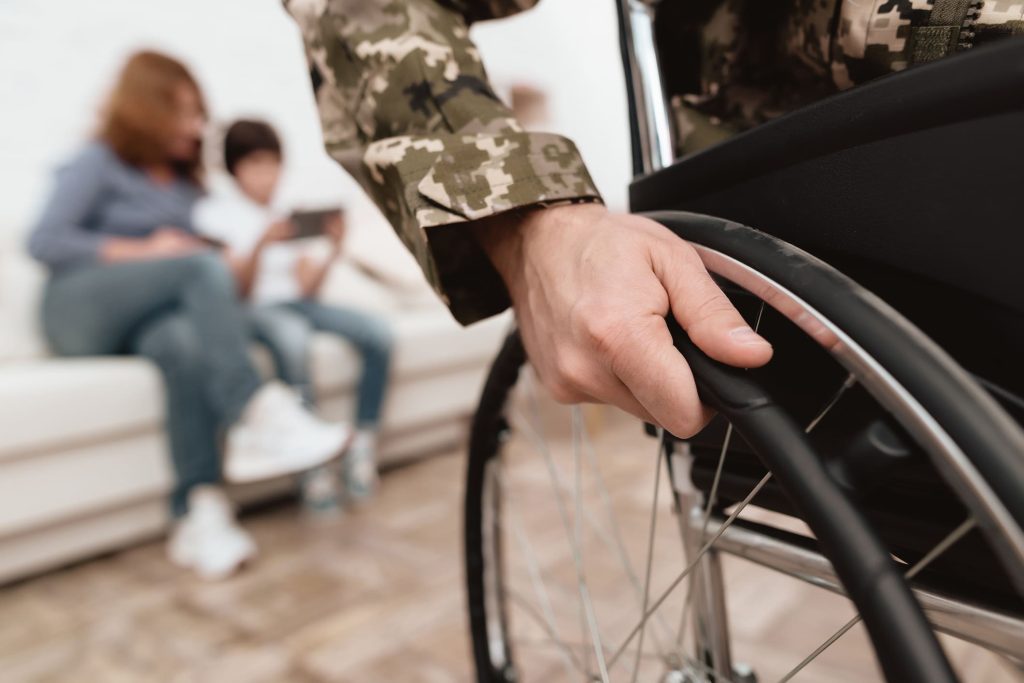Last week, the U.S. Department of Veterans Affairs announced that a long-anticipated change will become effective. New eligibility rules will limit the availability of the Improved Pension for wartime veterans and their spouses. The benefit, commonly called “Aid & Attendance,” will no longer be as easy to get.
What is Aid & Attendance?
The Improved Pension is almost universally referred to as Aid & Attendance. It is an additional cash payment, up to $2,169 per month, available to some veterans (and the widows or widowers of deceased veterans) if the applicant:
- requires the assistance of another person to perform typical activities like bathing, eating, getting dressed or similar things.
- is bedridden as a result of a disability.
- is living in a nursing home as a result of a physical or mental disability.
- has extreme, measured vision limitations.
More detail about the qualifications for Aid & Attendance benefits can be found on the Department of Veterans Affairs’ website. Follow the link or search for “aid & attendance” for more detail.
What are the eligibility standards?
There are a number of requirements for veterans to receive Aid & Attendance benefits. These three concepts are key:
- The veteran must have served at least one day during a period of wartime. The dates of “wartime periods” can be easily found online. It’s almost easier to list dates that do NOT qualify. For purposes of Aid & Attendance eligibility calculations, we have been at war during these periods since 1941:
World War II (December 7, 1941 – December 31, 1946)
Korean conflict (June 27, 1950 – January 31, 1955)
Vietnam era (February 28, 1961 – May 7, 1975 for Veterans who served in the Republic of Vietnam during that period; otherwise August 5, 1964 – May 7, 1975)
Gulf War (August 2, 1990 – through a future date to be set by law or Presidential Proclamation) - After a wartime veteran’s death, his or her surviving spouse will qualify for consideration for Aid & Attendance benefits.
- Before receiving benefits, a veteran (or widow/widower) must have insufficient means to pay for the needed care. That concept was previously somewhat vague; it has now been codified.
What changed, and when?
In 2015, the Department of Veterans Affairs proposed changing the financial eligibility requirements for Aid & Attendance benefits. That proposal sat quietly, without action, for three years. Last week, the Department announced that the new rules would become effective on October 18, 2018.
The primary changes affect how to calculate financial eligibility. Several of the changes will make it harder to qualify for Aid & Attendance benefits. One will actually make it easier for some veterans (or widows/widowers) to qualify.
The previous, and vague, standard of asset eligibility was that the veteran (or widow/widower) not have sufficient means to pay for the aid and attendance required. That was often interpreted as having less than about $80,000 in assets, though the number was imprecise and variable.
Under the new rules, the dollar value of resources is fixed. An Aid & Attendance applicant’s available assets plus one years’ income must be less than $123,600. Not counted in that figure: the applicant’s home and personal effects (including vehicles). The one year of income can be reduced by medical expenses. These standards are similar to, but calculated quite differently from, the financial eligibility standards for other public benefits. That $123,600 figure, by the way, will go up automatically with inflation in future years.
The second big change: an applicant who gives away assets may not qualify after the transfer. On the Aid & Attendance application, the applicant will have to disclose any gifts made within the previous three years. If there have been any, the applicant may be disqualified for up to five years.
Is there any good news?
Yes, actually. The October 18, 2018, effective date will give a handful of applicants time to get through the process before the new rules restrict them. More importantly, payments for independent living facilities may now qualify as medical expenses.
The financial eligibility requirement reduces available resources by some medical expenses. Hospital, nursing home, and doctors bills have long qualified. Now add independent living facilities to that list, provided that a doctor, nurse practitioner or clinical nurse specialist says the placement is required.



